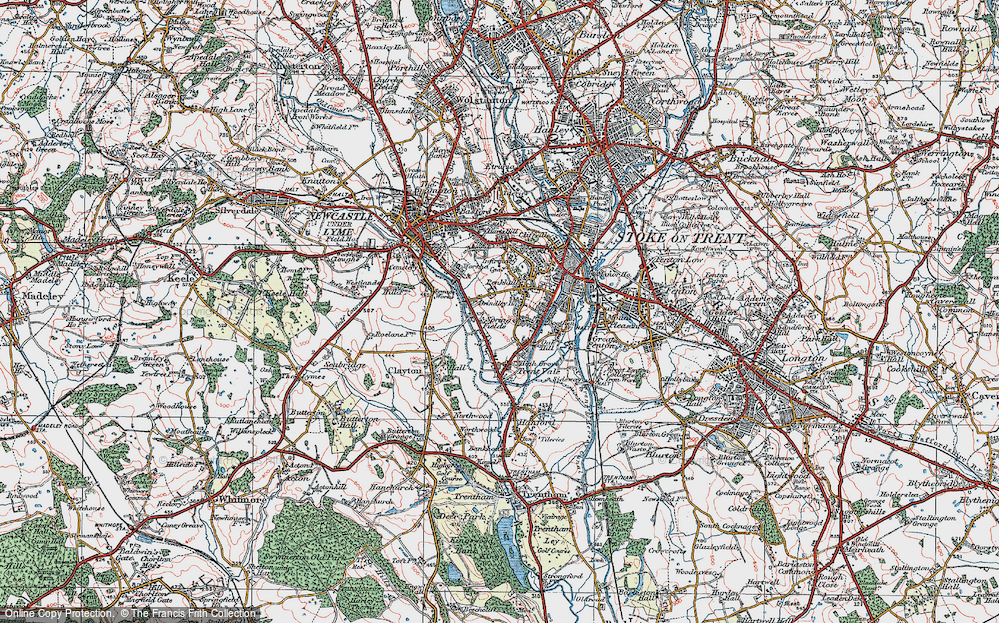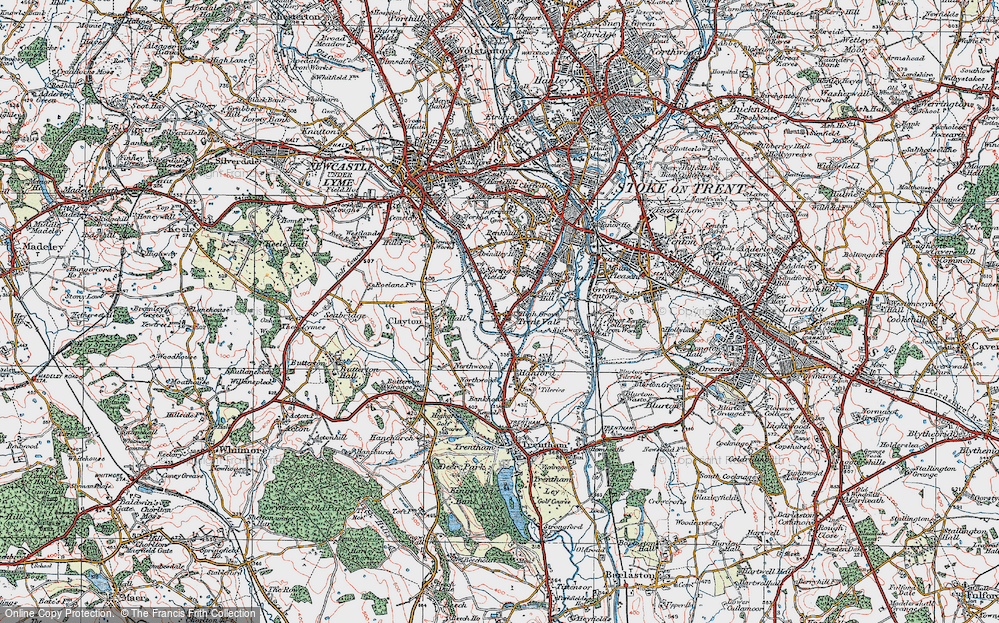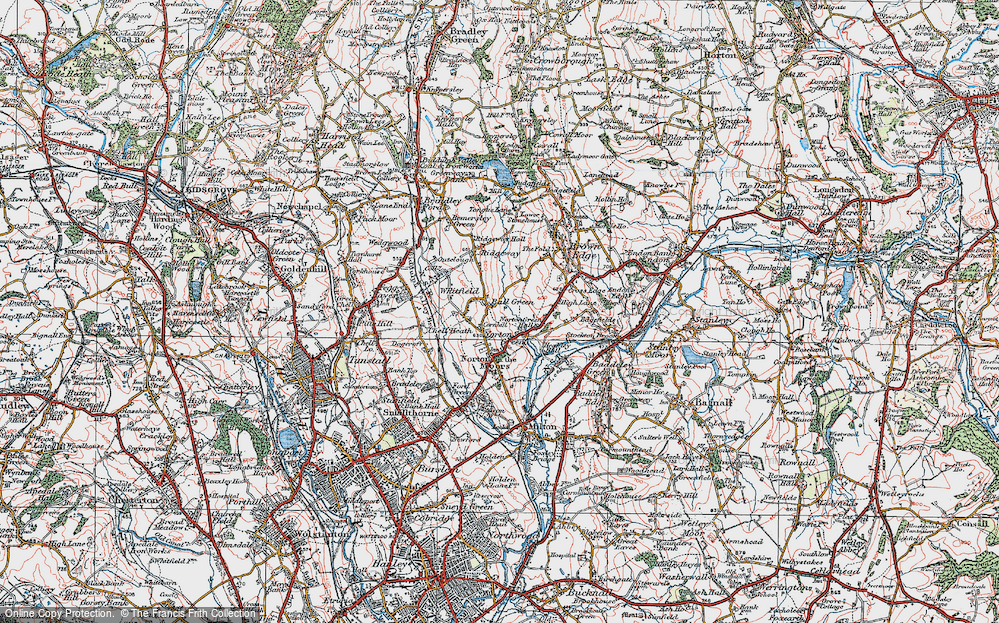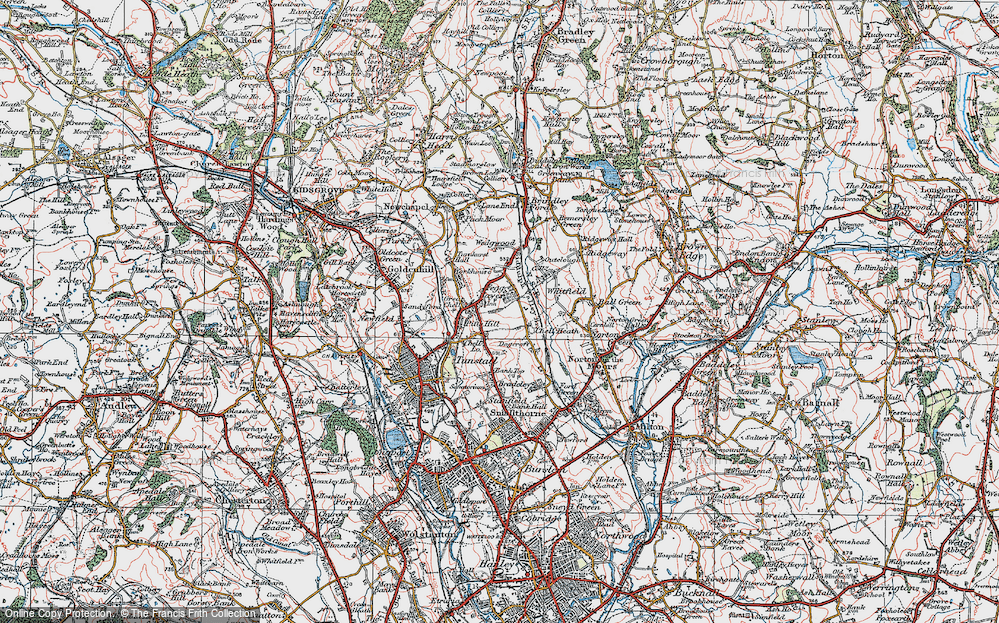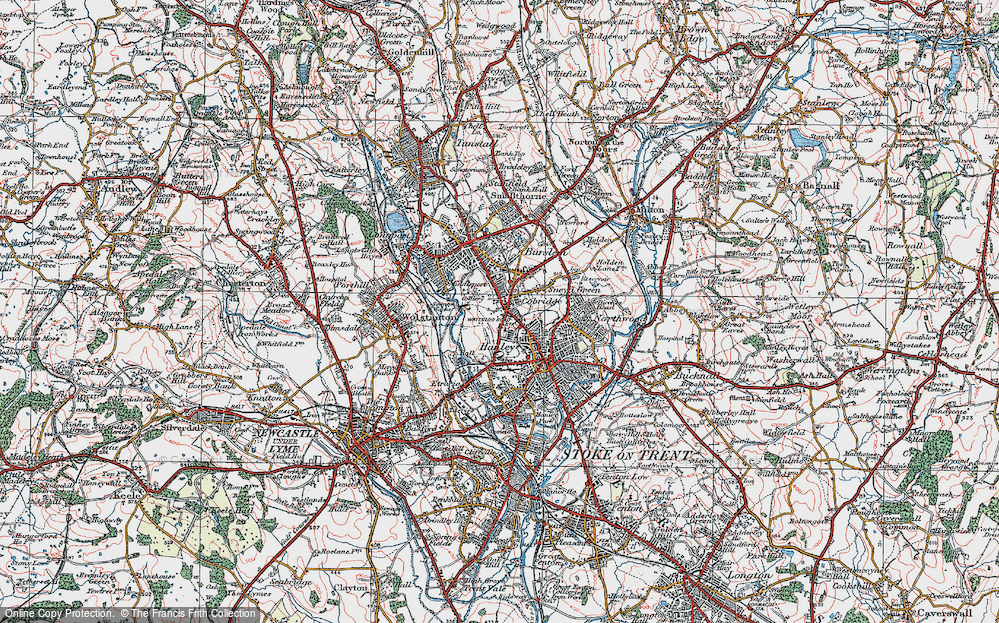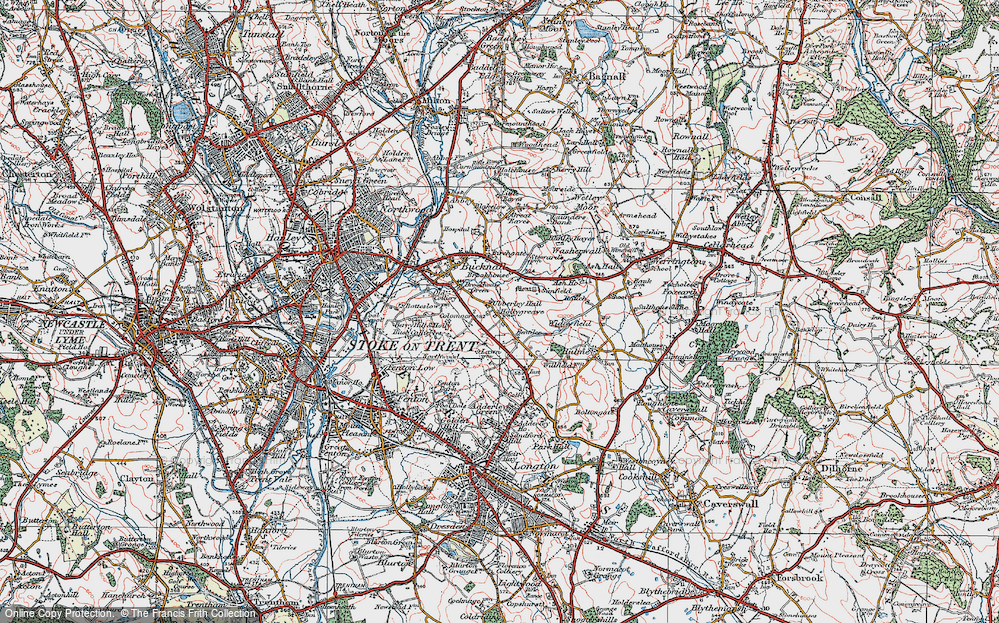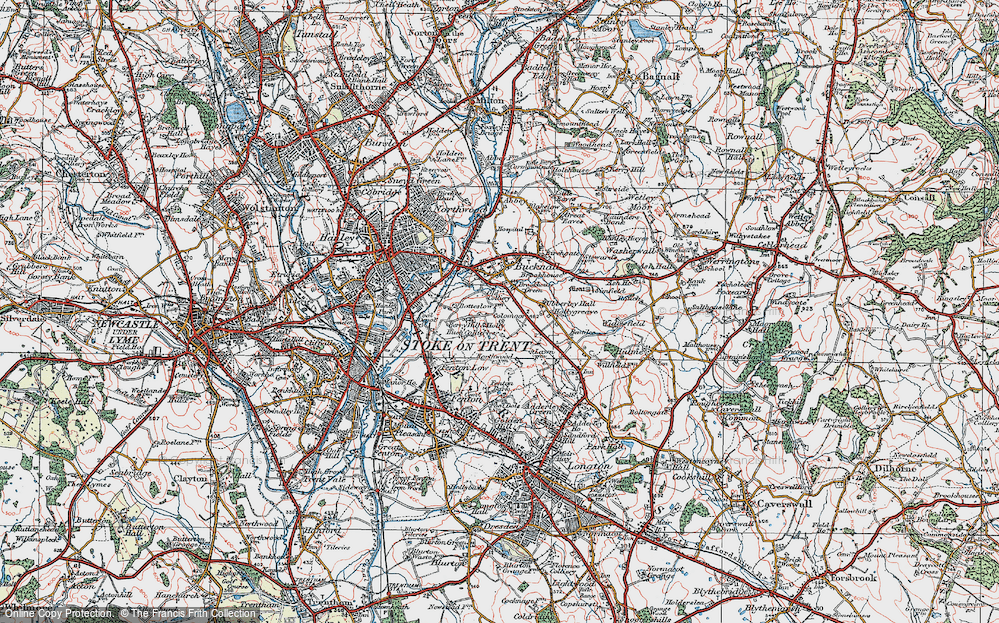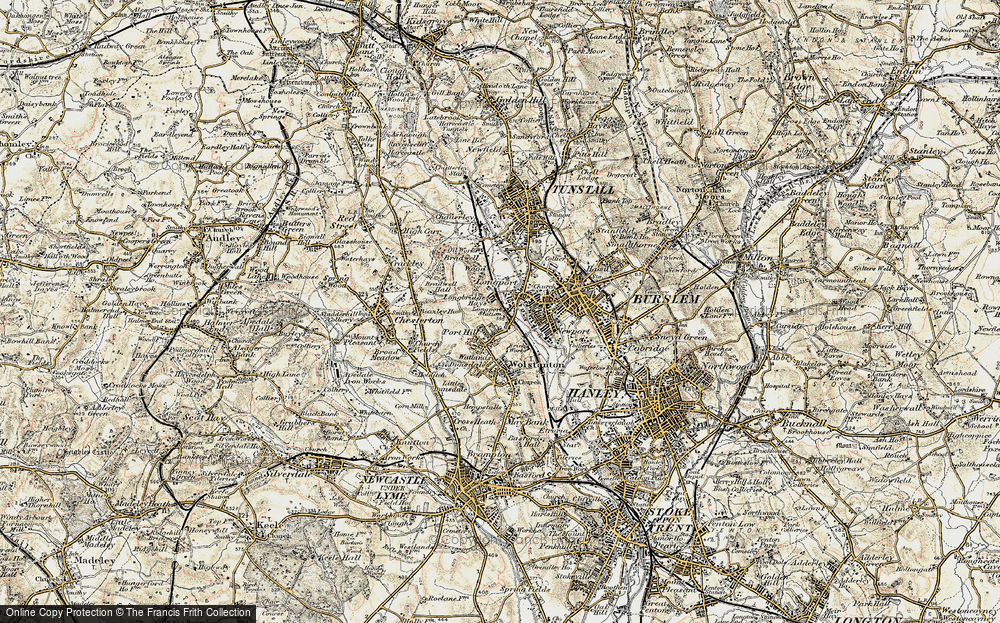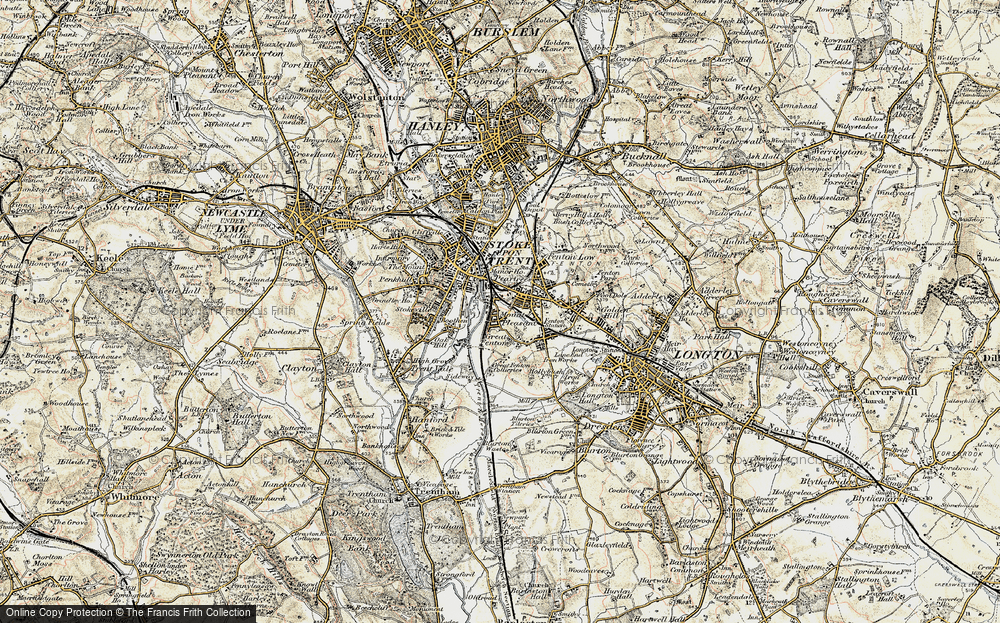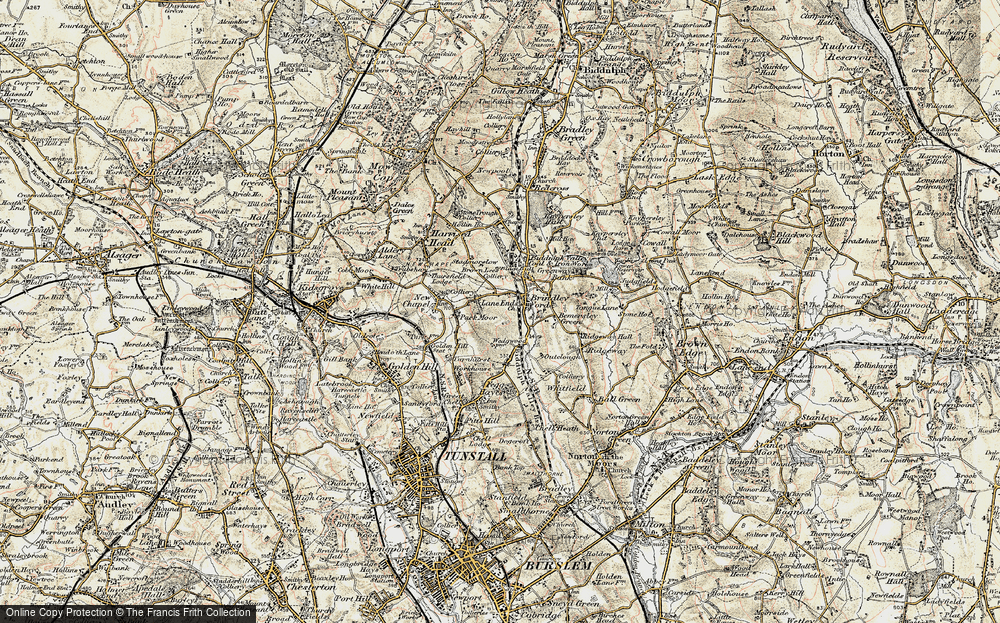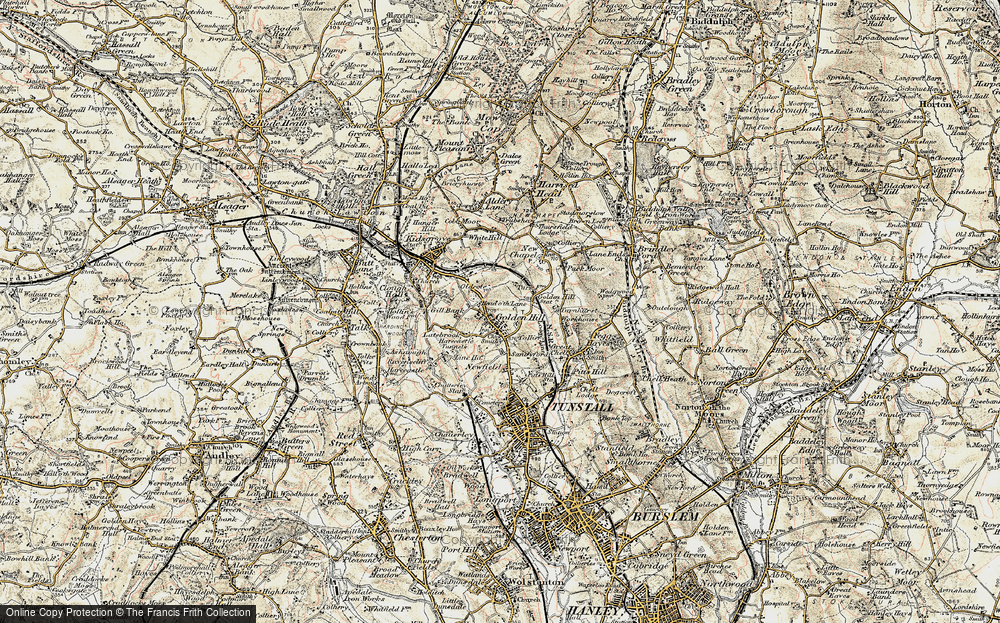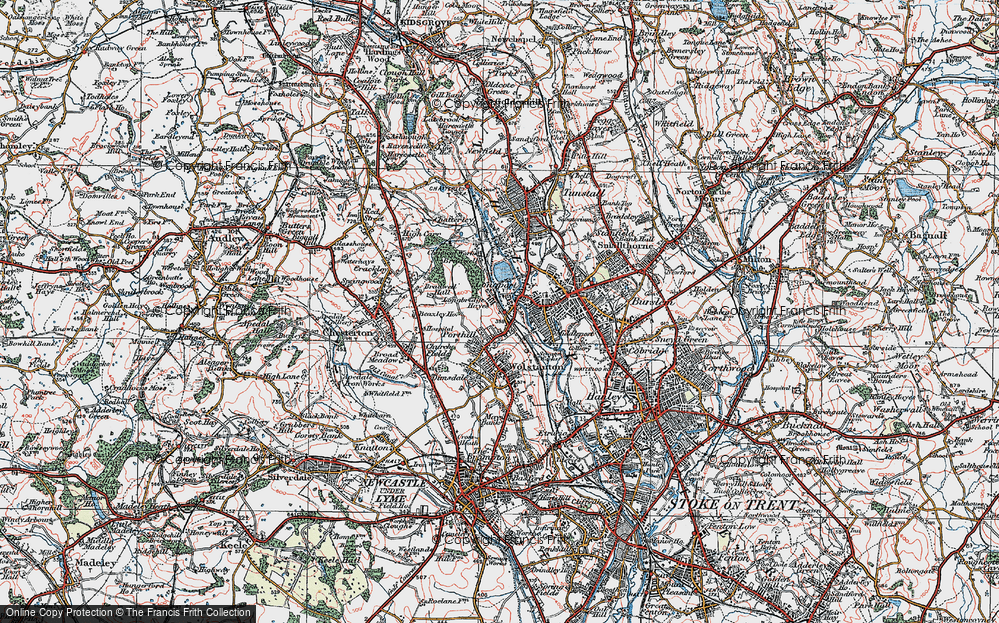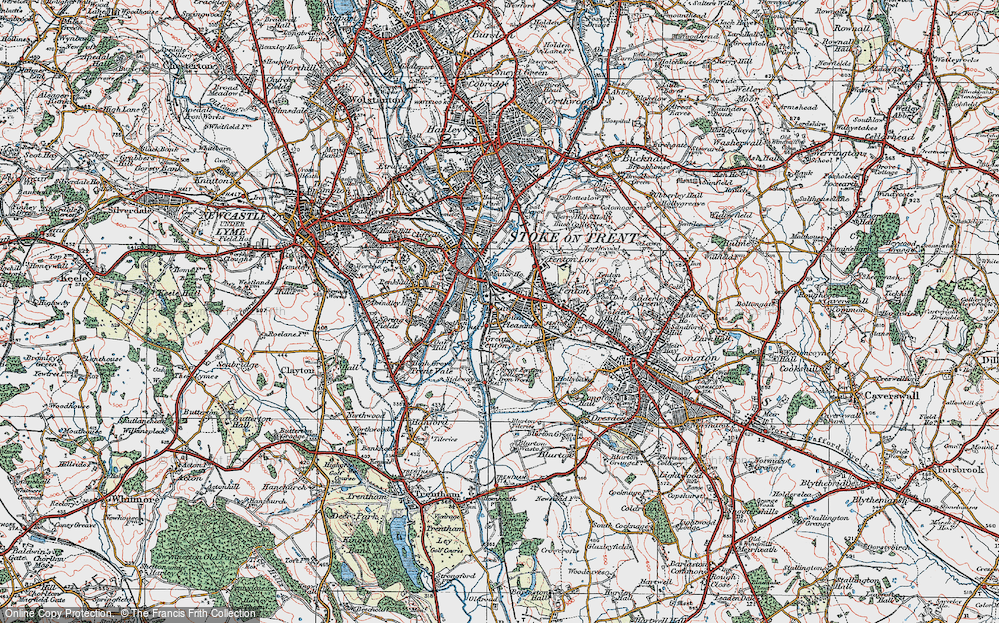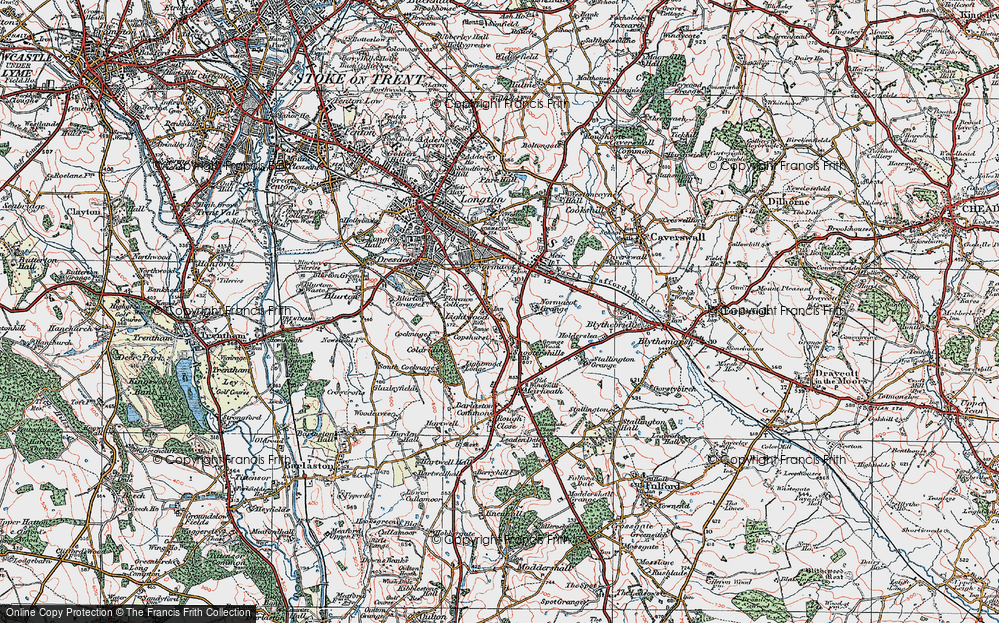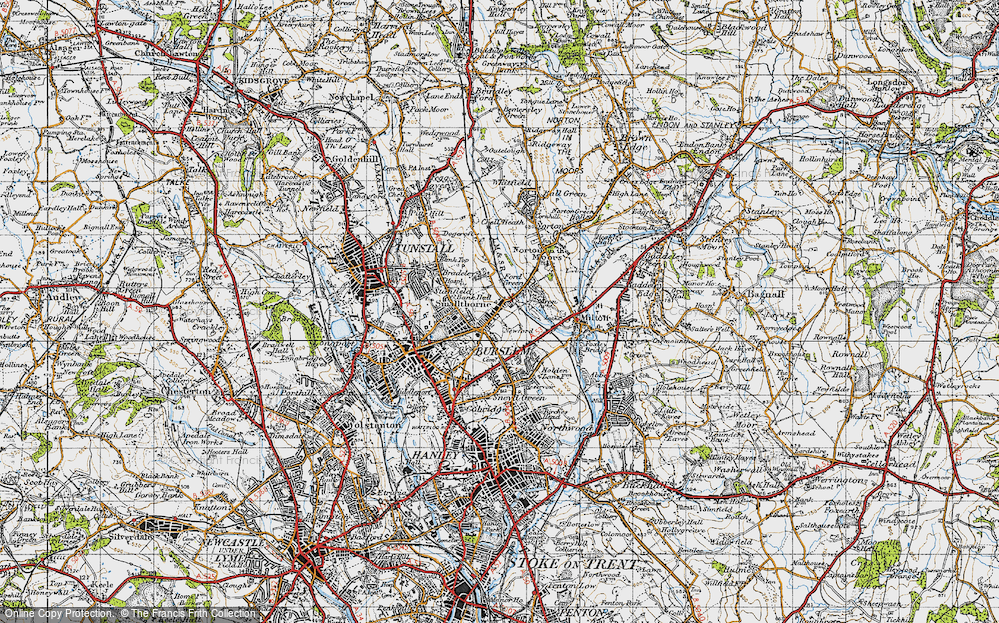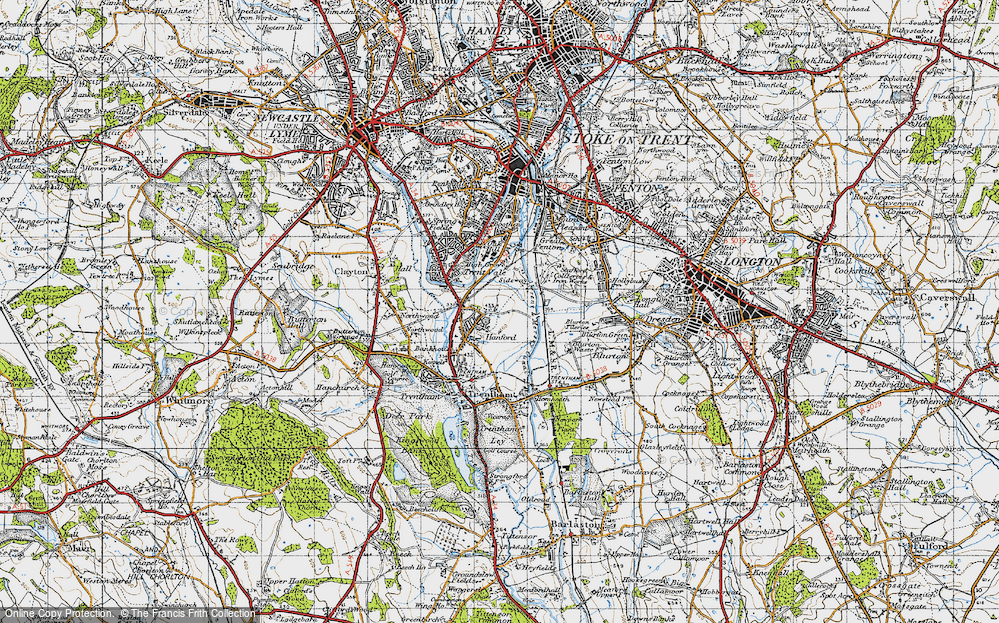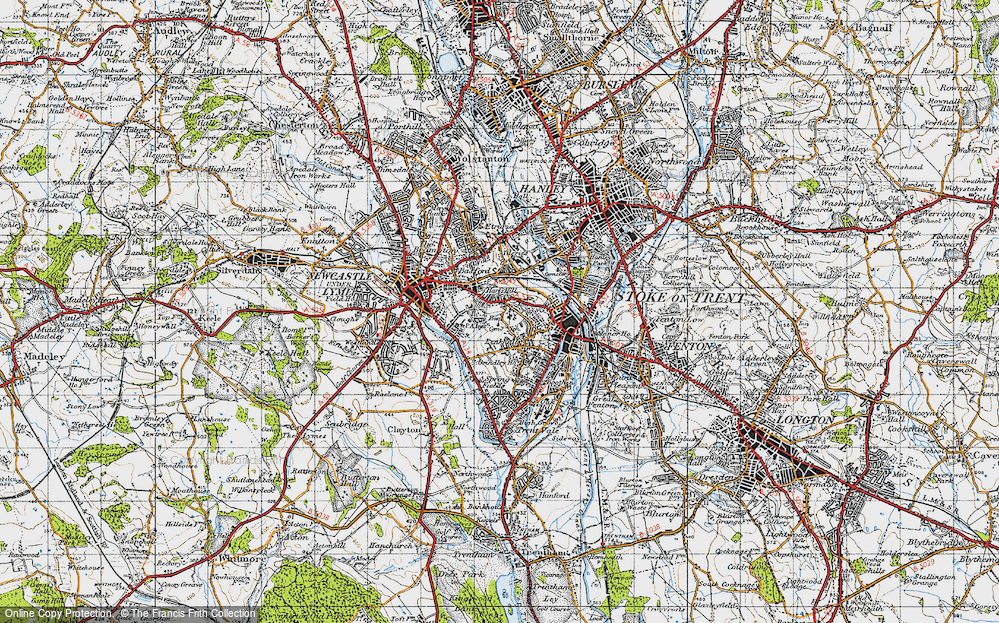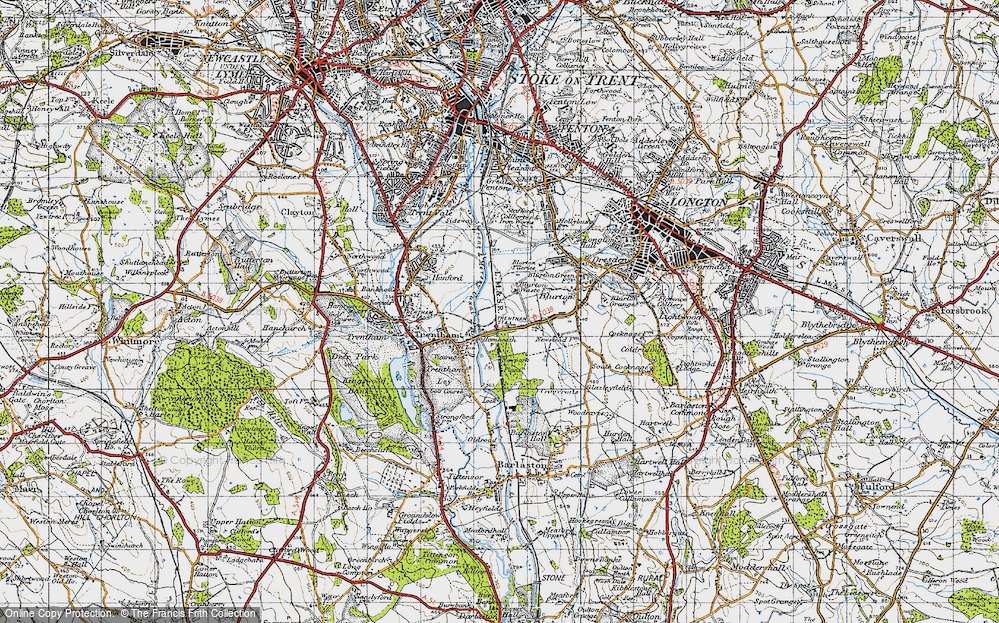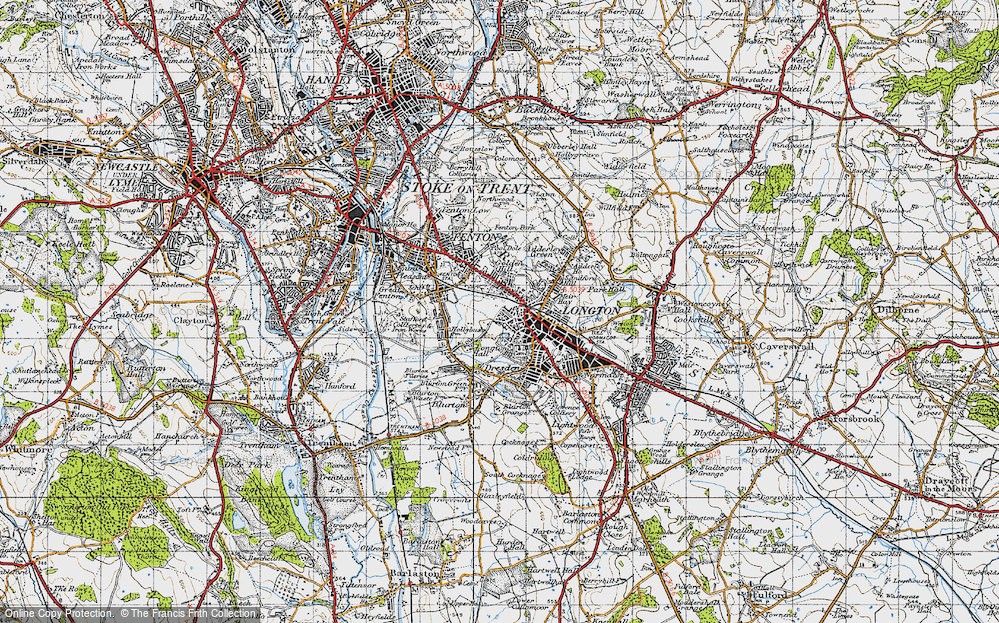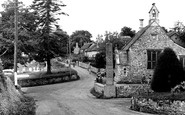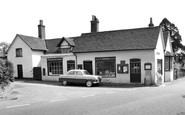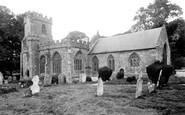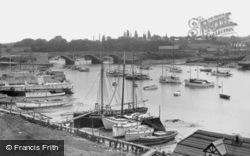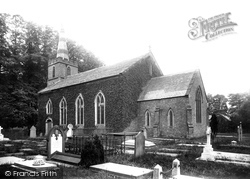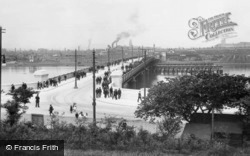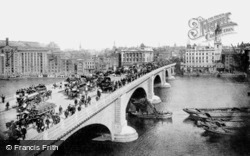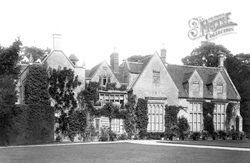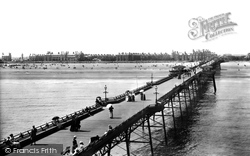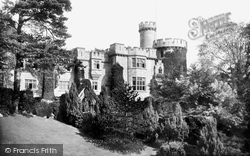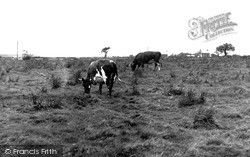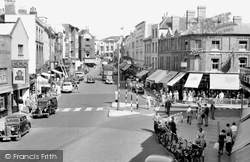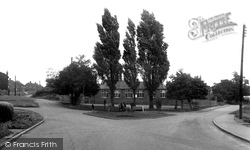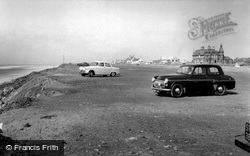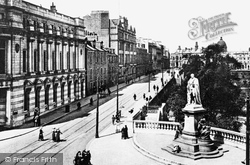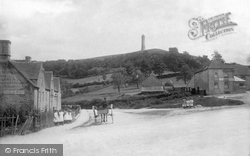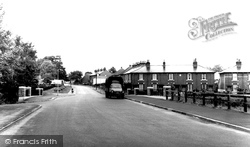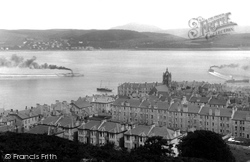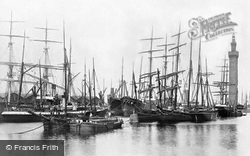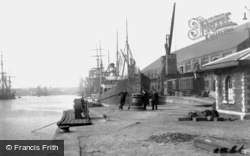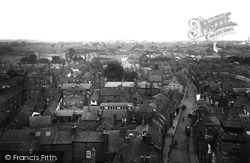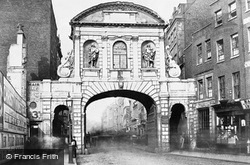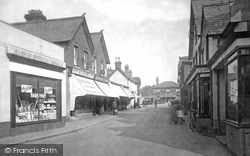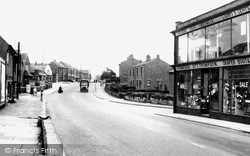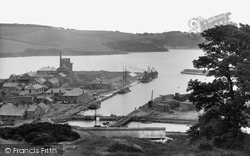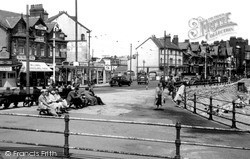Places
Sorry, no places were found that related to your search.
Photos
Sorry, no photos were found that related to your search.
Maps
7,034 maps found.
Books
163 books found. Showing results 841 to 864.
Memories
22,912 memories found. Showing results 351 to 360.
Too Short A Stay!
I lived in Kirby Hill for one year from 1965 to 66, I was a 13 year old boy. I absolutely loved my time there and have many happy memories. My Mother and Father bought the Shoulder of Mutton in 1965 taking ...Read more
A memory of Kirby Hill in 1965 by
Morden Park
I lived in Morden from the age of 3 to the age of 16. What I really remember is that I made model aircraft of many different kinds which I used to fly in Morden Park. I used to cycle to "Normans Model Aircraft" shop in Kingston Road, ...Read more
A memory of Morden by
Anticipating A Memory Of Kirkstall Abbey
In among my family genealogical records is a note that an ancestor of mine named Richard de Berecrofte gave lands to Kirkstall Abbey in the 12th century. I am SO looking forward to visiting the Abbey next ...Read more
A memory of Kirkstall in 2007 by
My Family Roots
My father lived in Abergwynfi as a child, his name was Peter Thomas Walley. My grandmother was from the area, her maiden name was Eirwen Thomas and she had brothers named Estyn, Edward, Emlyn and Thomas. She also had a sister ...Read more
A memory of Abergwynfi by
The School
I think 1960 was the year my mother (Joyce Baxfield) was appointed headmistress at Offwell School. She had been head teacher at Cotleigh before this. I grew up riding my pony all around the area and have many fond memories, including ...Read more
A memory of Offwell in 1960 by
Post Office
I remember walking to this post office many a time as I used to live with my nan etc. at Churt House Cottage. The post office was run by a lady of the name Mrs Heaps. I used to go there for the big bottles of Tizer.
A memory of Frensham in 1957 by
Jacqueline Oldman
While researching my family history I came across this article in the Eastern Counties Advertiser 18th October 1879. It is the coroner's report relating to my great great grandfather's brother Thomas Brassett 1815 - 1879 an ...Read more
A memory of Southminster in 1870 by
Cove Farnborough Hants
I was born in Farnborough and lived in Pinehurst Cottages until the age of six. My father, Charles Dunbar was an engineer at The Royal Aircraft Establishment. Later we moved to 166 Keith Lucas Road and later to 16 Fowler Road in ...Read more
A memory of Cove in 1950 by
Haywards Of Loders
Wondering if anyone knows of Hayward family, buried in the churchyard surrounds, that farmed in the Loders area back to at least 1750 or further back. Any info for family tree welcome.
A memory of Loders by
Mid 1960s Mid 1980s
My parents David & Valerie, and younger brother Roger Angus lived at 'Rosevine' opposite the Rectory. The then vicar, Christopher Leach lived in the Rectory with his wife and children Godfrey and Hilary. Additionally, they ...Read more
A memory of Combpyne by
Your search returned a large number of results. Please try to refine your search further.
Captions
9,654 captions found. Showing results 841 to 864.
Between the 14th and early 19th centuries, Bursledon was an important centre for naval shipbuilding, with the wooded slopes of the River Hamble providing much of the timber.
Dedicated to St John the Evangelist, the main part of the church was built at the Parkers` expense at the end of the 18th century, but the tower is an 1840s addition by their successors the Dixons.
Shipbuilders swarm across the Walney Bridge from the dockyards at the end of a working day. A crane at Vickers dockyard can be seen in the background on the right.
So busy was London bridge at peak times that the authorities were compelled to station police constables along the central rib of the roadway to encourage a smooth flow of traffic.
At the time of the photograph the building was known as Abbey Farm; it had been the home of the Higgins family since 1786.
In 1978 the section of the pier between the concert hall at the end, from which this view was taken, was destroyed in storms.
There was certainly a castle here of sorts in 1106, as Robert Curthose, elder son of the Conqueror, was held prisoner here after being defeated at Tinchebrai.
Preston cheese factors favoured the Fylde for their milk, and set up a cheese factory in Inskip to which farmers from all over the Fylde brought supplies.
Chelmsford has been the county town of Essex since at least the 13th century. Here we see the busy High Street in the days long before it was pedestrianised.
The battlemented single-storey structure immediately in front of the west portal is the Galilee Chapel, which dates from 1175.
Leaving Daventry northwards along the London to Holyhead turnpike, we arrive at Braunston, the hub of the canal network.
Blundellsands beach forms part of the sixteen miles of sand stretching from Waterloo to Southport.
This photograph shows the statue of King Edward VII, the eldest son of Queen Victoria, at the corner of Union Street and Union Terrace.
Two carefully-posed groups of young girls are a feature of this photograph of the village of North Nibley, with the 111 foot- high memorial tower to the martyr William Tyndale on the knoll
In the parish churchyard at Cowley lies the body of William Dodd, novelist, religious author and social celebrity.
One of the unfortunates who was burnt at the stake was Mary Lamont.
Grimsby is a major port, lying at the southern entrance of the River Humber.
At this time, about 35 Swansea vessels were engaged in the copper-ore trade, sailing regularly to South America.
The church is worth a visit, if only for its early 16th-century black rood screen, the only surviving example of the work of Thomas Drawsword.
This imposing, ornate gateway once stood where the Strand becomes Fleet Street, and was erected in 1672 to a design by Wren.The effigies portray Stuart monarchs.
Only small changes in 70 years, the Railway Hotel at the far end of the street is now the Whistle Stop.
It is sale time at G T Thompson's, Maltby's local department store. Here locals could spend their money on furniture, boots and shoes, children's clothes, and ladies' and gents' outfitting.
The busy port is seen from almost from the same viewpoint as No 79886, above, but looking to the right.
It is a nice sunny day; there are people about, and there is time for a leisurely chat, while some seem interested in the beach just out of shot.
Places (0)
Photos (0)
Memories (22912)
Books (163)
Maps (7034)


